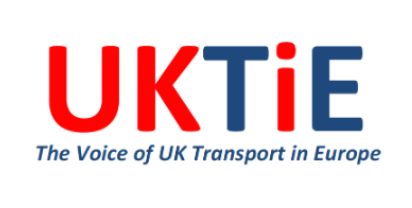Brussels, 19 July 2011 – The European Commission has proposed to revise the tachograph legislation to make full use of new technological opportunities such as satellite positioning. This will make fraud more difficult and reduce the administrative burden, which is expected to save companies €515 million per year. By ensuring better compliance with rules on driving times and rest periods, drivers will be better protected, road safety increased and fair competition assured.
Six million European trucks and busses are equipped with tachographs in order to enable the control of compliance of professional drivers and transport undertakings with the social road transport legislation1. The digital tachograph was made mandatory for new vehicles in 2006. The present proposal aims to update the legal framework which dates back to 1985. The new regulation will help to reduce fraud and cut the administrative burden related to the tachograph’s use.
Vice-President Siim Kallas said: “The rules on driving times and rest periods are there to protect professional drivers and other road users. They also ensure fair competition and good working conditions for drivers. The digital tachograph is an excellent control tool to ensure that these objectives are achieved. This proposal is not only very important to maintain the reliability of the digital tachograph but it also constitutes a significant step towards introducing an intelligent, integrated on-board unit on trucks that will contribute to improving the efficiency of the EU transport system.”
The proposal provides for several novelties:
- Location recording by satellite positioning system will allow replacing manual recording by automated ones. It will save €349 million per year for road transport undertakings and their drivers. It allows for better monitoring and provides important information for organising the logistics chain.
- Remote communication that increases efficiency of roadside checks that can be targeted on those vehicles which are more likely to be in breach of the legislation. As complying drivers will be stopped less frequently, a reduction of administrative burden by €34.5 million per year can be achieved.
- Specific interface to allow for an integration into intelligent transport systems, while respecting the applicable legislation on data protection.
- Higher standards for workshops entrusted to install and calibrate the tachograph will reduce fraud and manipulation.
- Merging the driving licence with the driver card to be used with the digital tachograph. This will reduce the administrative burden on drivers by €100 million per year. It will also reduce fraudulent use of driver cards, which today are too easily handed over to other drivers.
- Continuous update of the tachograph specifications in order to ensure that a high level of security is maintained and that opportunities for fraud and manipulation are reduced.
The proposal will also allow Member States to grant exceptions from the obligation to use tachographs for certain users within a uniformly extended radius, as for example craftsmen (reduction of administrative burden of €52.8 million per year). This had been suggested by the High Level Group of Independent Stakeholders on Administrative Burdens.
The proposal has been submitted to Parliament and Council who are invited to adopt the proposal. The proposal is accompanied by a Communication from the Commission which explains how security will be maintained over time, how the Commission intends to use standards set by the European Committee for Standardization (CEN) for certain parts of the tachograph equipment, and how the Commission intends to cooperate with third countries at the level of the United Nations Economic Commission for Europe (UNECE)2.
For more information, please see
http://ec.europa.eu/transport/road/social_provisions/tachograph/tachograph_en.htm
Source – European Commission.


No responses yet